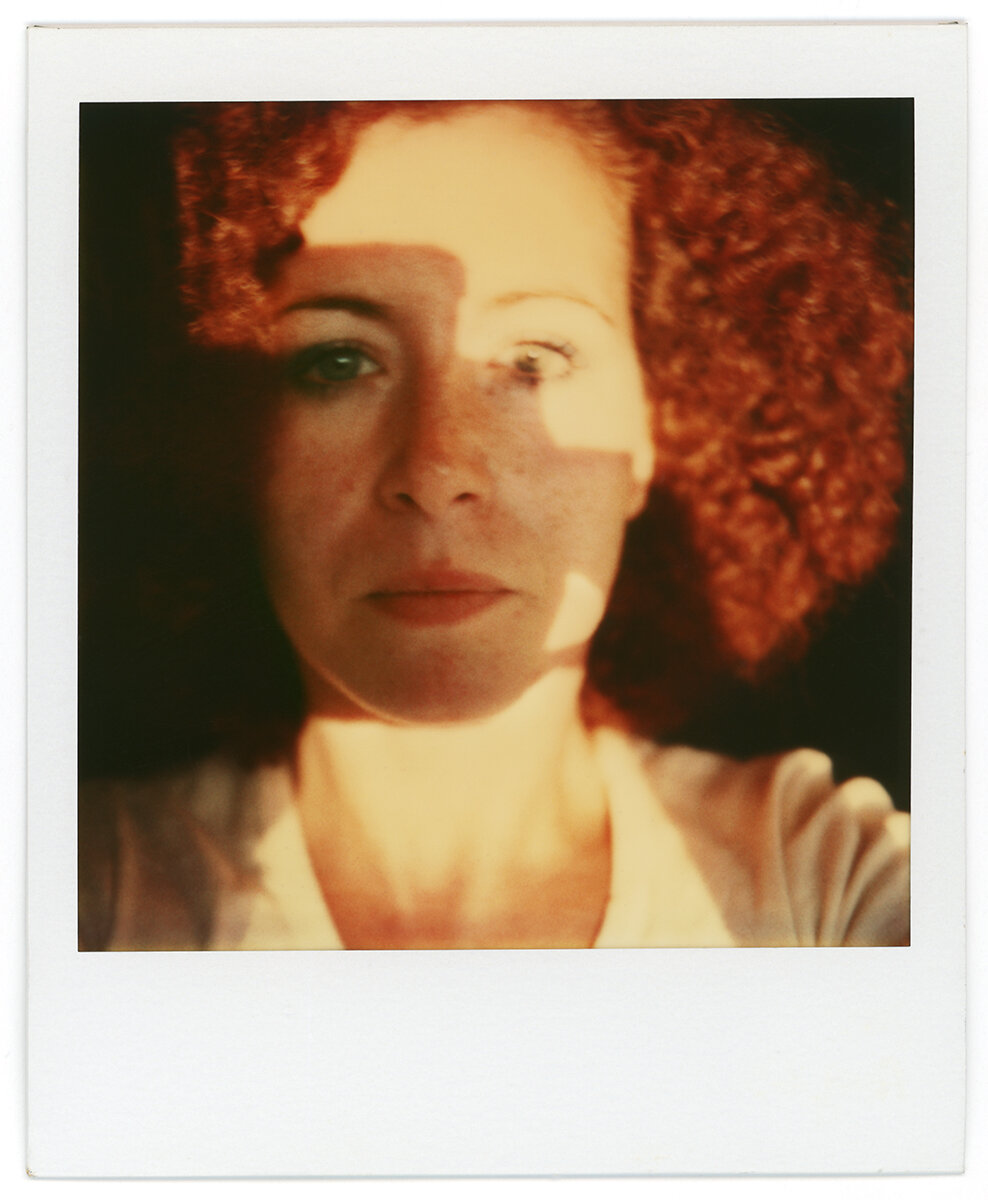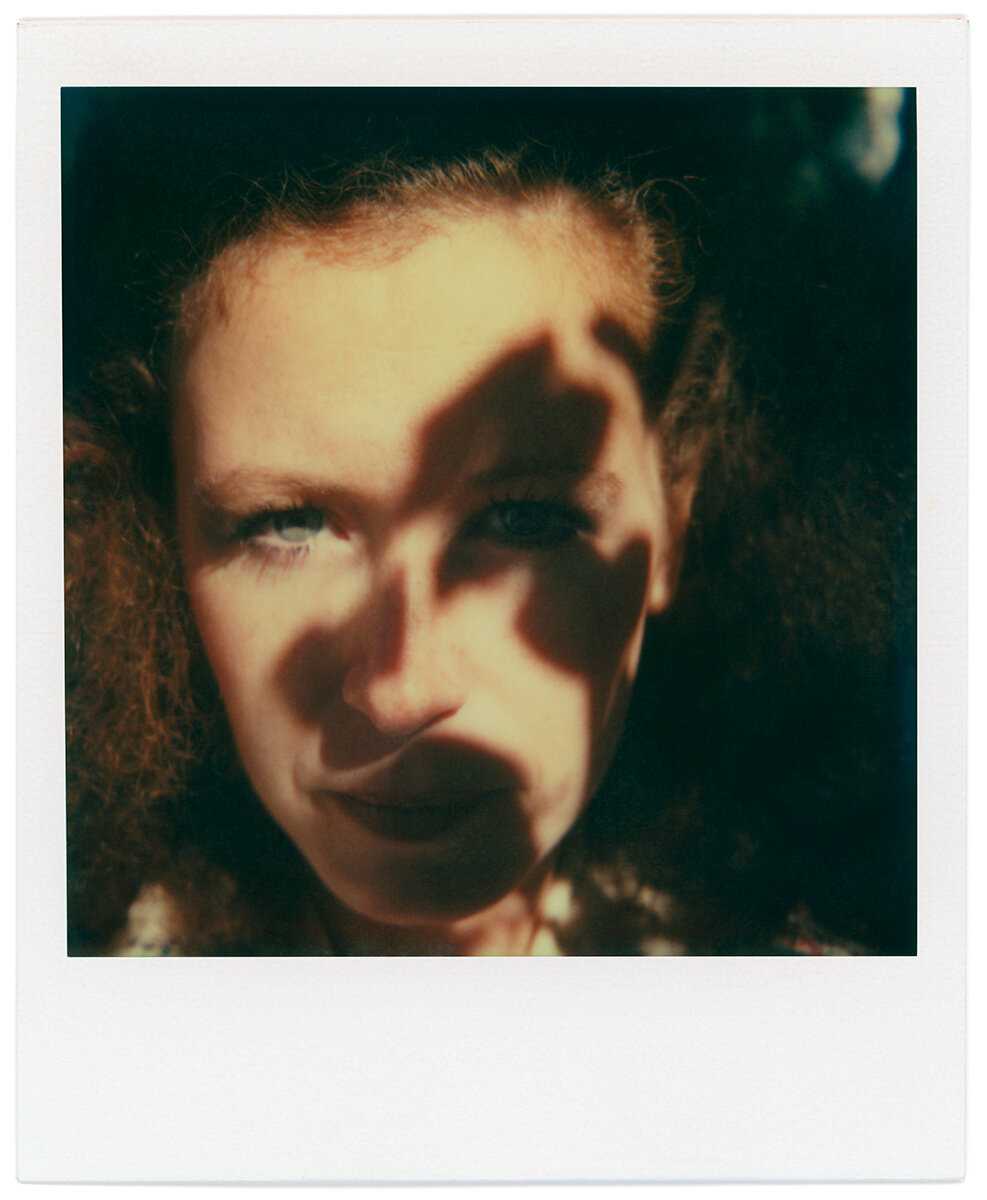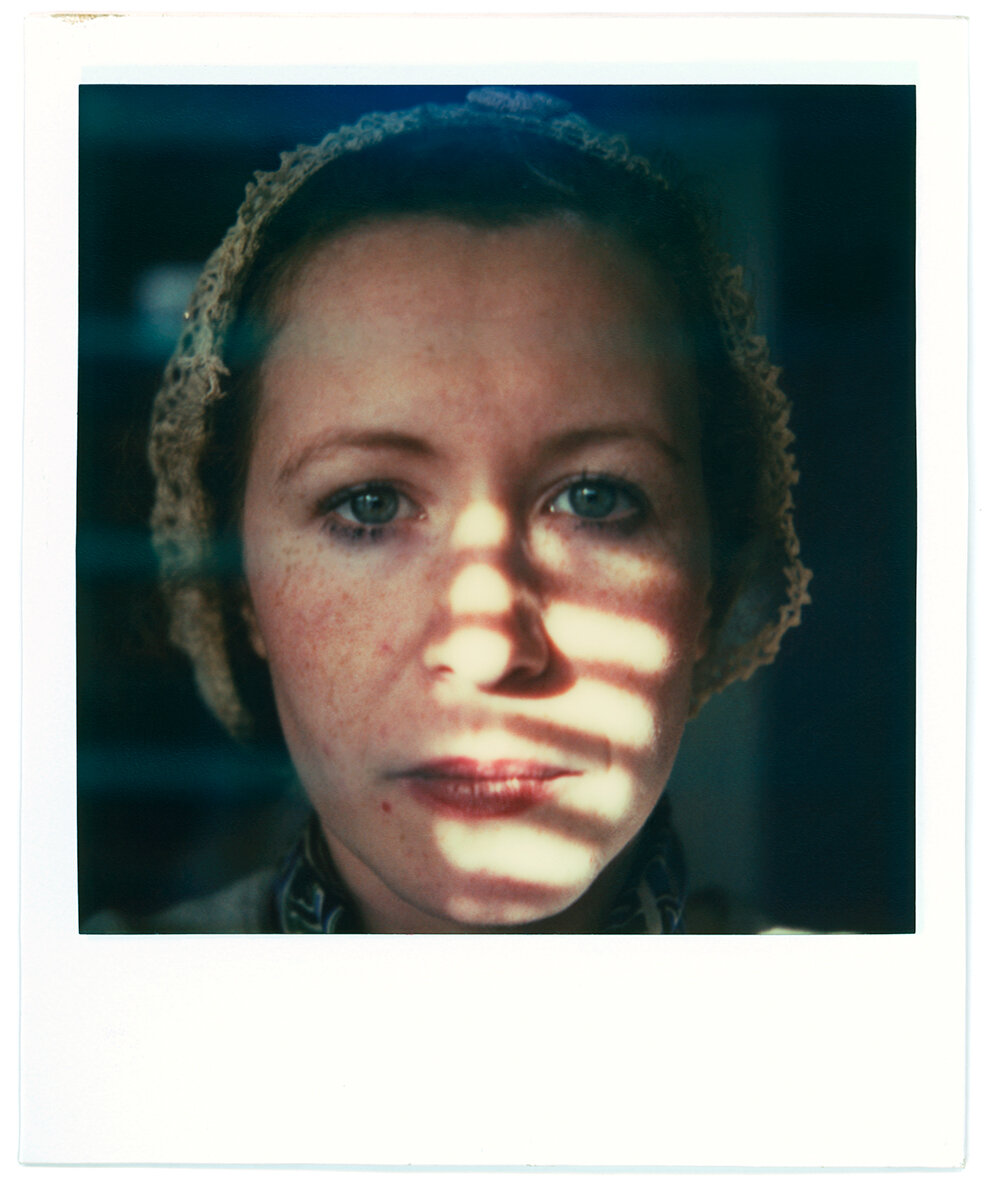Interview with J. K. Lavin
J. K. Lavin is an artist whose photographic practice considers memory, self-portraiture and the measurement of time. Duration, as well as experimentation with randomness and chance is an important dimension of her work.
Lavin received a Master's Degree of Art in Photography from California State University at Fullerton, California. She has also studied photography at The Visual Studies Workshop in Rochester, New York and The Center of the Eye in Aspen, Colorado.
J. K. Lavin has had numerous solo exhibitions including a recent exhibition at The Griffin Museum of Photography, Winchester, MA. She was selected as a finalist for Klompching Gallery's Fresh 2019. Her work has been included in group exhibitions at San Francisco Camerawork Gallery, San Francisco CA, Month of Photography Los Angeles, SE Center for Photography, Greenville SC, The Center for Fine Art Photography, Fort Collins CO, Blue Sky Gallery, Portland OR, Building Bridges Art Exchange, Santa Monica CA and Fotofever Paris, France. Her photographs have been published in various on-line and print magazines including The Boston Globe, Diffusion, Los Angeles Magazine, Los Angeles Review of Books and What Will You Remember. Lavin's work is held in public collections
Visit J. K. Lavin’s website to see more of her work.
J. K. Lavin, from the series Crisis of Experience
Interview by Dana Stirling
How did your relationship first start with photography? What made you gravitate towards this medium as your art form?
Growing up with Life magazine in our house was probably my first introduction to photography and the power of images. I intended to study photojournalism at university but photography classes were in high demand. The first prerequisite class available was in the Art Department with Nicholas Dean instead of Photojournalism 101. That class introduced me to what would become my passion and shape the direction of my life as an artist.
What first inspire you to document yourself using a polaroid camera?
This is a question that I have asked myself repeatedly since revisiting these images. I honestly do not recall what inspired me to begin this ritualized form of self-documentation. Recently I unearthed something that I had written as the project was beginning. “Once more trying to discipline myself to sit down once a day and record a thought or a photograph…to be more continuous so that I could observe and understand day-to-day small changes in my life…”
J. K. Lavin, from the series Crisis of Experience
Something that I find interesting about you and your work is that you keep visiting these self portraits over and over again, re curating and re thinking them and how you present them. Can you tell us a little about that process and work flow and why it is important for you to make this project something that keep evolving?
There are roughly 3000 images in the archive. Each time that I look through the originals, it becomes a different experience for me. I’ll make a selection of 10 or 15 Polaroids and then begin scanning, editing out some and then printing, editing again and seeing how they fit together. When I first began thinking about them after decades of being packed away in my studio, I did not want to pick up where I had left off and present them in the same manner that I had then. Things change with time, giving me distance and I felt more objective about them. I wanted to create something different. Giving myself permission to construct a visual narrative in a non-chronological sequence was liberating. It has also become an ongoing project and I am continuing to reshape the narrative as I further explore the archive.
What have you learned from years of taking self portraits?
For me as a visual artist, the Polaroids have become a daily journal or diary from that particular period of time. If I had been a writer, I would have created a written journal instead of a visual one. The Polaroids have become personal artifacts and evidence of my existence during those days, some of which were very difficult.
J. K. Lavin, from the series Crisis of Experience
What is the hardest part about taking self portraits from your experience?
It is never easy to photograph oneself. It means going beyond the superficial and being honest, present and in the moment with yourself and the camera.
Can you tell us more about the choice of camera and using the polaroid as your medium for these images?
At the time I was primarily an analogue photographer, working with a 35MM camera. If I had used film it would have been a more complicated project just to create a workable system to date, catalogue and print all the images. My Polaroid SX70 camera was always at hand, much like our cell phones are now. Earlier projects of mine involved the use of Xerox machines and photobooths, so using other popular technology seemed an obvious step for me. Spontaneously deciding when and where to take the photo and what exposure and focus to use allowed me to use randomness and chance in my creative process.
What inspires you as an artist?
Everyday things like news photos which resemble religious paintings and magazine ads that both seduce and intimidate us with their larger-than-life scale. The moon, as a light source and a muse as well as a way to measure time. Color and light.
J. K. Lavin, from the series Crisis of Experience
J. K. Lavin, from the series Crisis of Experience
What tools (literal or metaphorical) are the most important to you in your tool box?
The literal toolbox includes a couple of well-loved 35mm analogue Nikon cameras and lenses from the 60s and 70s. The vintage Polaroid SX70 camera.
The metaphorical : Time...the historical and chronological consideration of it, the documentation of it, making it an integral part of all my projects. Also pertinent to my practice are two questions:- what is a photograph? And what am I adding to the pile?
What advice would you have for other photographers who are reading this and are in the beginning of their careers?
This is a very exciting time in photography and there is no one particular way to make images. Just keep going, don’t stop regardless of what obstacles occur. It can be difficult to work in a vacuum. Share your work with other artists. Being part of a community can be a great source of inspiration.
Any future exhibitions, projects or news you would like to share with us?
An installation of Crisis of Experience is being exhibited in All Women Are Dangerous II, a group exhibition at Building Bridges Art Exchange, Bergamot Station, Santa Monica CA through February 8, 2020. One of my next projects will involve creating a way to exhibit the original Polaroid SX70s from my archive.
J. K. Lavin, from the series Crisis of Experience
J. K. Lavin, from the series Crisis of Experience
J. K. Lavin, from the series Crisis of Experience











